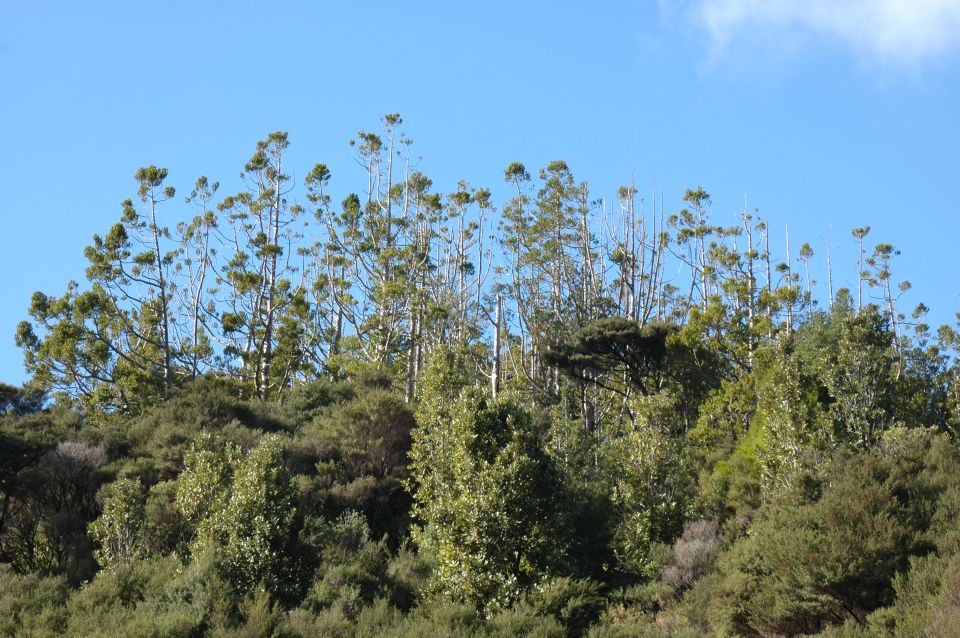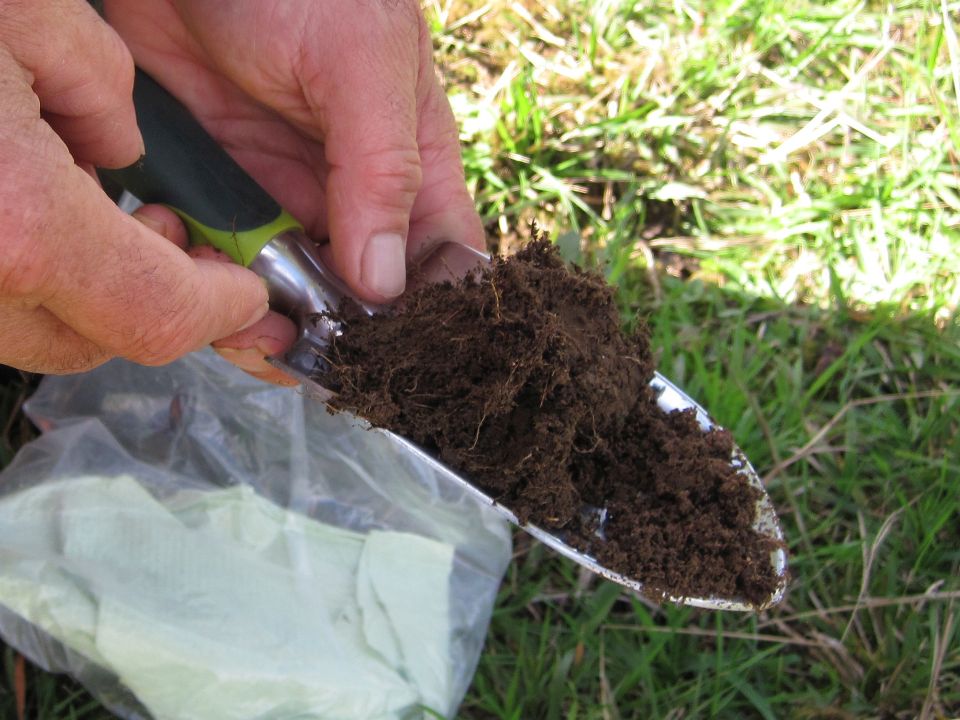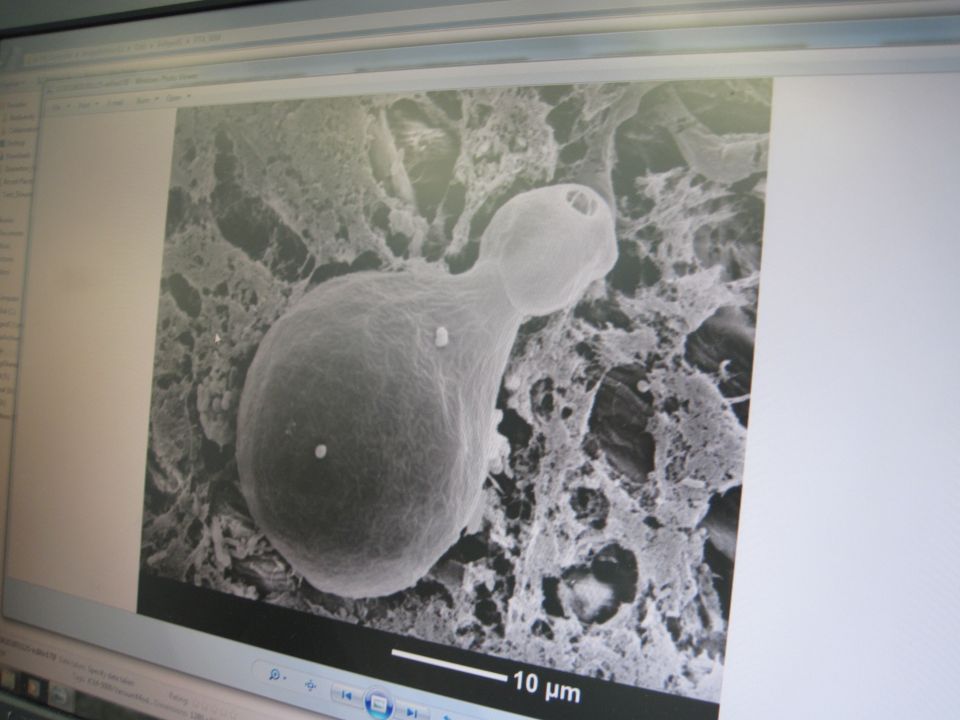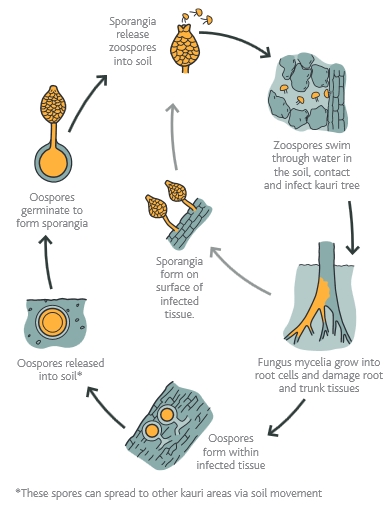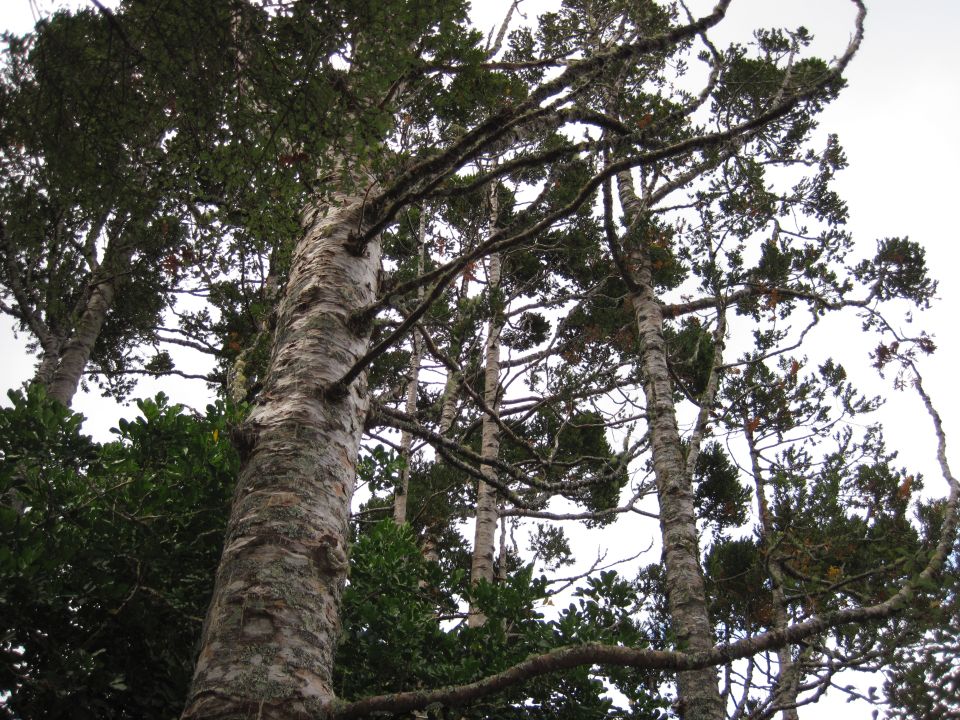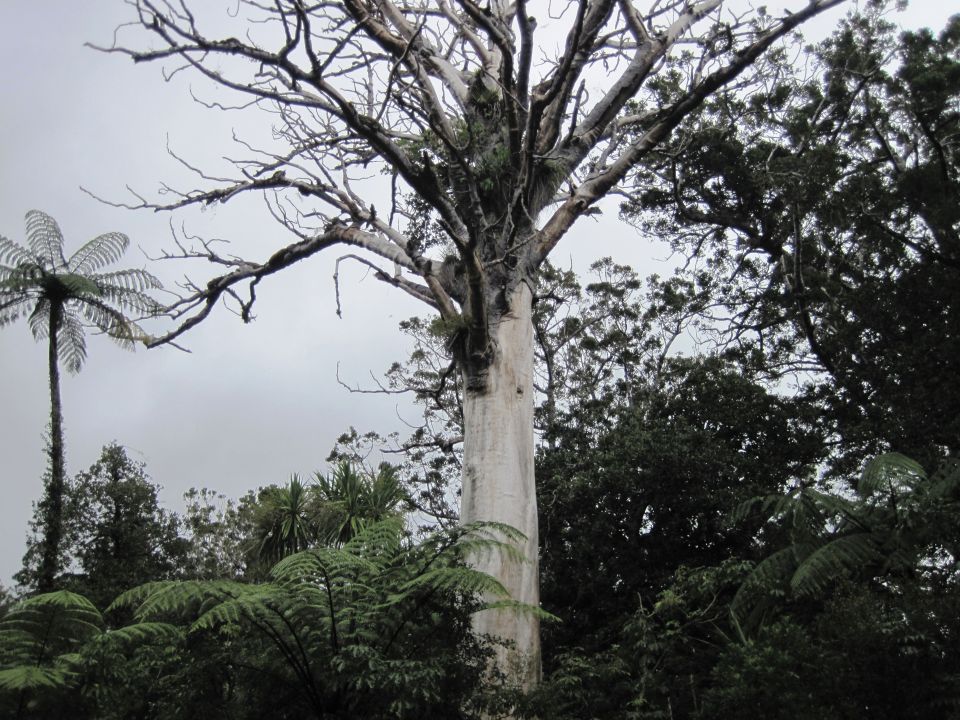What is kauri dieback?
Kauri dieback is a microscopic, fungus-like disease that only affects New Zealand kauri. It can kill trees and seedlings of all ages and nearly all infected kauri die. Kauri dieback has killed thousands of kauri in New Zealand over the past 10 years.
Soil microbes
All life on earth depends on soil. It has many important jobs in our ecosystem. Soil microbes break down dead plants and animals.
There are three main types of microbe: viruses, bacteria and fungi. Some microbes are harmful, like the flu which can kill people. Others types of microbes can be helpful, like yeast which is a key ingredient in bread. Microbes in the soil help break down dead plant material. Without soil microbes like bacteria and fungi, dead leaves and plants would pile up around us.

Not actually a fungus
The soil microbe causing kauri dieback disease belongs to the Phytophthora (fy-tof-thora) genus of water moulds (or oomycetes - oh-uh-may-seets). So it is not actually a true fungus.
Phytophthora is a Greek word meaning ‘plant destroyer’. Phytophthora species cause plant disease in crops and natural environments throughout the world. The best known of this group is Phytophthora infestans which caused the Irish Potato Famine. The soil microbe that causes kauri dieback is known as Phytophthora agathidicida (ag-ar-thid-dis-cid-da) or PA for short.
Like fungi, water moulds are spread through spores which are a lot like seeds. Spores can spread in soil, water or air depending on the microbe. Once it has landed in a new site, the spore will grow (often creating ‘fruiting bodies’ like mushrooms) and replicate to create many more spores.
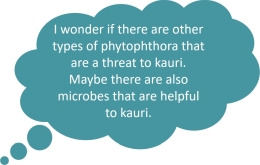
Life cycle
Kauri dieback spores (called oospores) occur in the soil and can produce other spores (called zoospores) which can then spread in soil water towards kauri roots. Kauri dieback does not spread through the air.
Zoospores infect kauri through the roots, growing threads or ‘mycelium’ into the root tissues. They “eat away” or damage the tissues in the tree that carry water and nutrients to the canopy. Oospores are formed within infected trees. As the tree dies and starts to rot, these oospores are released into the soil where they can produce new zoospores or spread through soil movement.
What does it do to kauri trees?
Kauri dieback infects kauri roots. It damages the small tubes that carry nutrients within the tree. Kauri dieback starves the tree to death because it cannot move water and nutrients from its roots to the leafy canopy.
Kauri trees infected with kauri dieback can show these symptoms:
- Lesions or blobs of gum at the base of the trunk. Sometimes the gum can circle the whole trunk. Infected kauri produce resin as a “defence response”, to try and fight off the disease.
- Yellow leaves and thinning canopies. As nutrients and water from the roots to the canopy is reduced, the leaves start turning yellow and dying. Trees need healthy leaves to make food from sunlight (photosynthesis); with fewer green leaves, the kauri is further starved.
- Dead branches - then death of entire tree.


